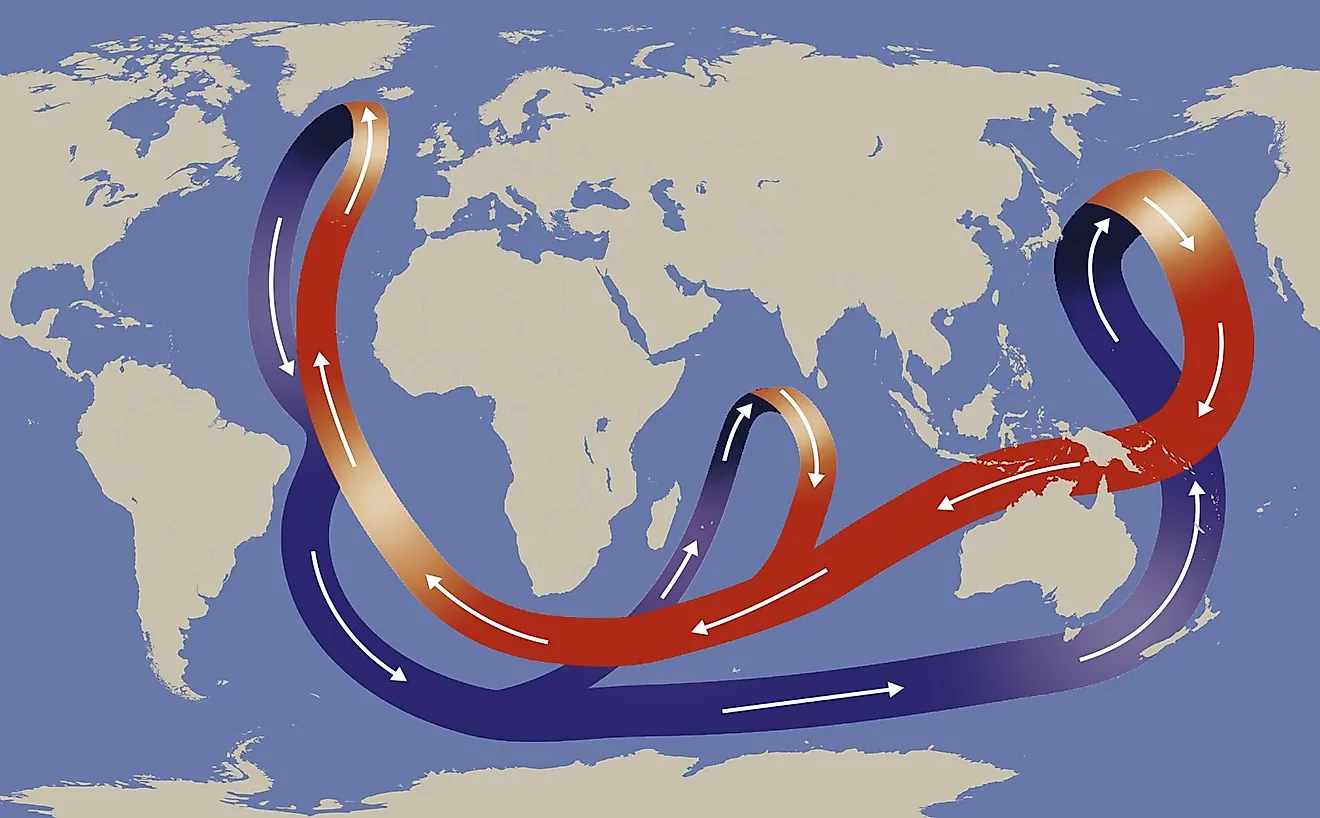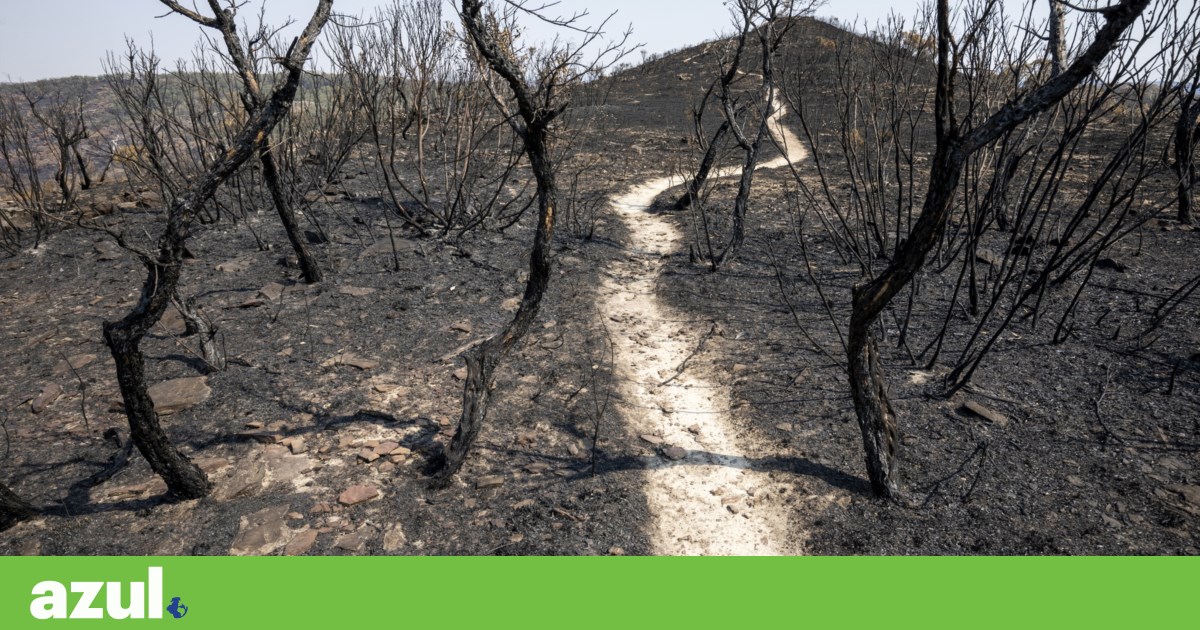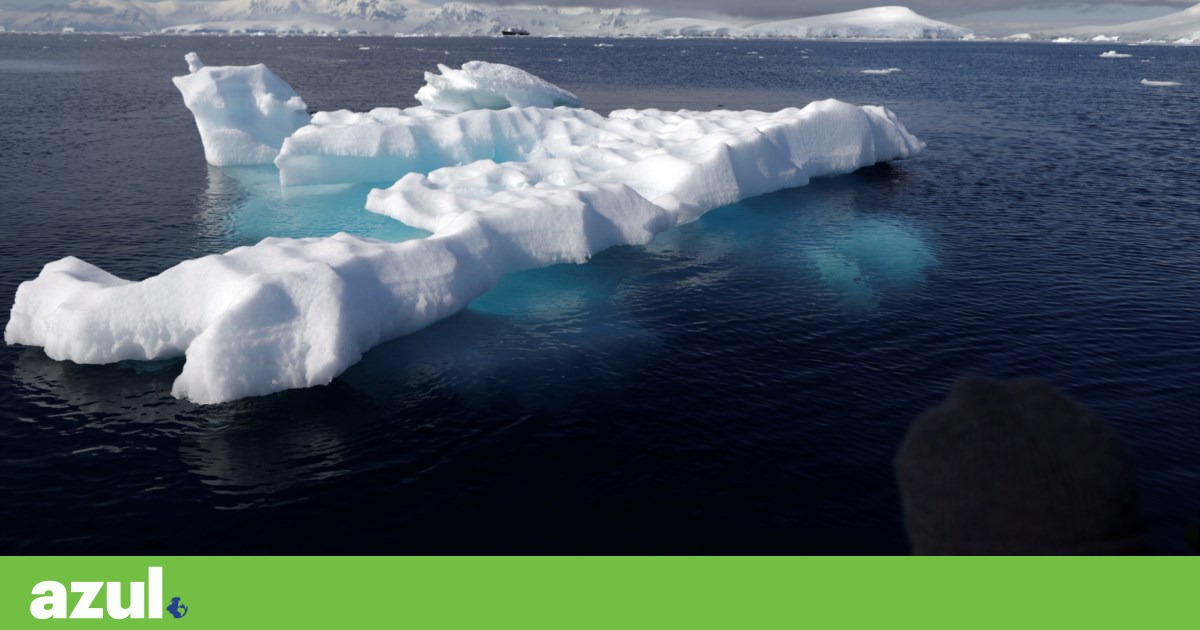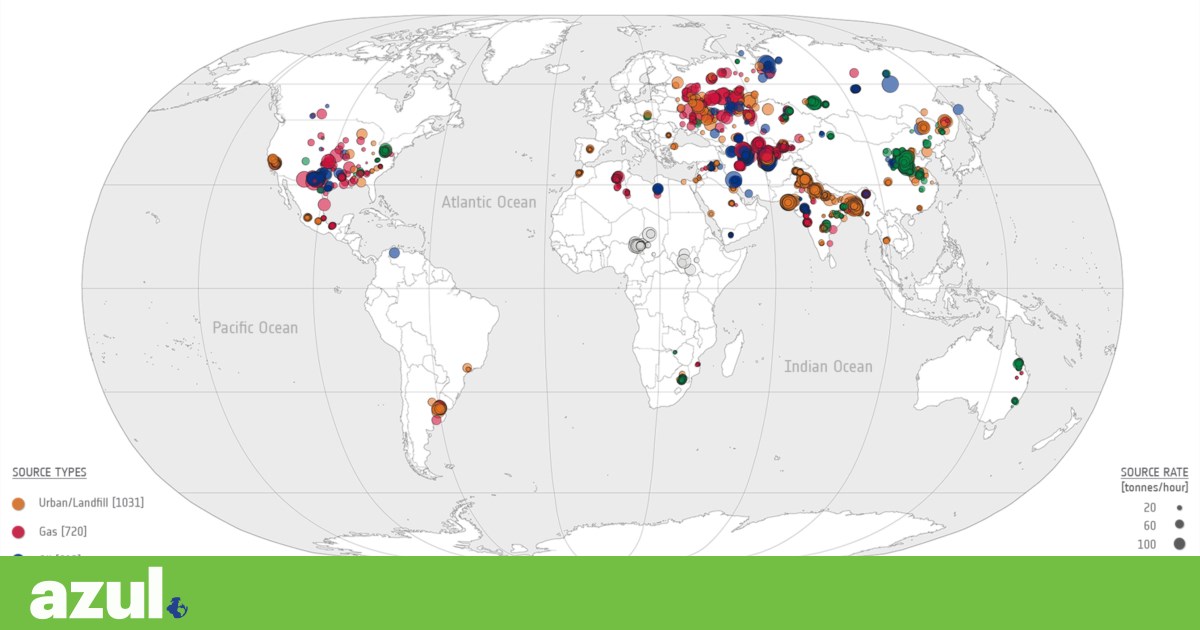Younger Dryas
Nimbostratus
Na pressa de ler e responder à pressa não viste bem o gráfico...

Última edição:
There are more than 1500 active volcanoes on Earth. Around 50–70 volcanoes erupt every year. There are 82 volcanoes in Europe and 32 of these are in Iceland, one of the UK’s closest ‘volcanic neighbours’. Most of the volcanoes on Earth are not well-monitored or even monitored at all.Esta pergunta já eu tenho estado tentado a formular: qual é a quantidade de calor que pode ser transferida do manto para o oceano profundo e se essa quantidade é significativa no que se refere ao aquecimento das camadas mais profundas
Que quer isto dizer? Há água a 25 graus debaixo do gelo ártico?


Vamos ser práticos. Isto tudo para dizer que o homem tem pouca influência na alteração de temperaturas no globo (em média)?
A Corrente termohalina não passa debaixo do pólo/gelo ártico mas a Sul da Islândia e do Estreito de Bering....
Afinal, era influêncial do CO2 na Antártida....
High geothermal heat flow beneath Thwaites Glacier in West Antarctica inferred from aeromagnetic data
The thermal anomalies, attributed to a thin and laterally heterogeneous rifted crust, magmatism and inferred fault reactivation, are likely to cause a heat-advective effect on the deep hydrological system and, therefore, exert a profound influence on the flow dynamics of the West Antarctic Ice Sheet in the Amundsen Sea sector. The direct transfer of heat can facilitate basal melting and control the ice rheology and basal sliding, and thus erosion39. High geothermal heat flow beneath Thwaites and Pope glaciers could further contribute to rapid past and future changes in the glacier system. Our results in the Amundsen Sea region provide a new base for discussing the location and extent of crustal-scale thermal anomalies. This is a key finding to better characterize basal sliding properties and subglacial hydrology, as well as refine thermal boundary conditions for studies of ice sheet dynamics in the most rapidly changing sector of the West Antarctic Ice Sheet.




A conclusão nem é vaga, aliás é muito objectiva, e de decepcionante também não tem nada, só se for para os carbónicos indefectíveis que não sabem aceitar conclusões científicas de outros ramos da geologia ou que não sabem entender o inglês por utilizar termos menos leigos.Certamente leste esta conclusão vaga e dececionante, não obstante o longo artigo...
Até que enfim que o IPCC o admite: "Due to its relatively short atmospheric lifetime and large global warming potential (81 times that of CO2 over a time span of 20 years (IPCC, 2021).
Cientistas usam satélites e algoritmo para detectar os superemissores de metano no planeta
O novo algoritmo é capaz de descobrir automaticamente, a partir de dados de satélite, nuvens de metano libertadas por superemissores em qualquer ponto do globo. Este gás também tem efeito de estufa.www.publico.pt

